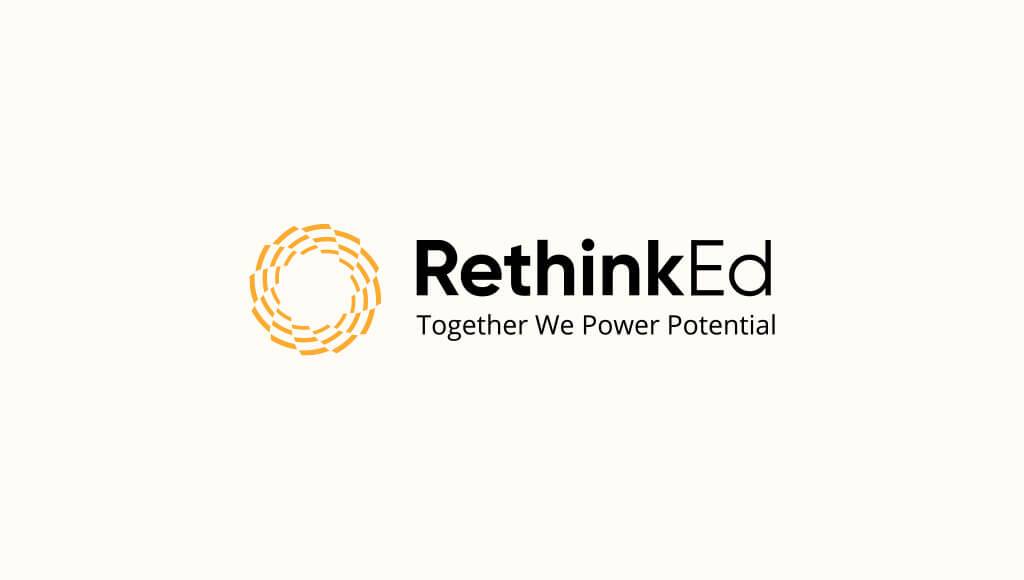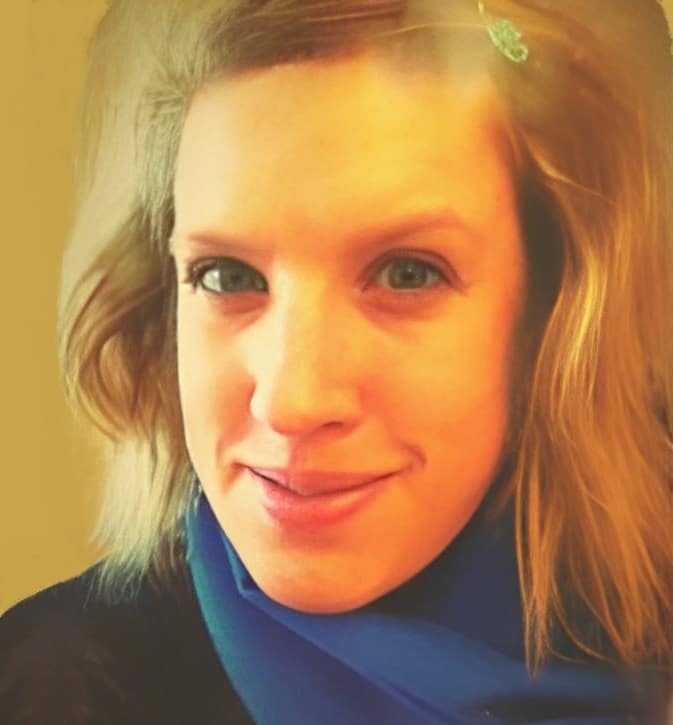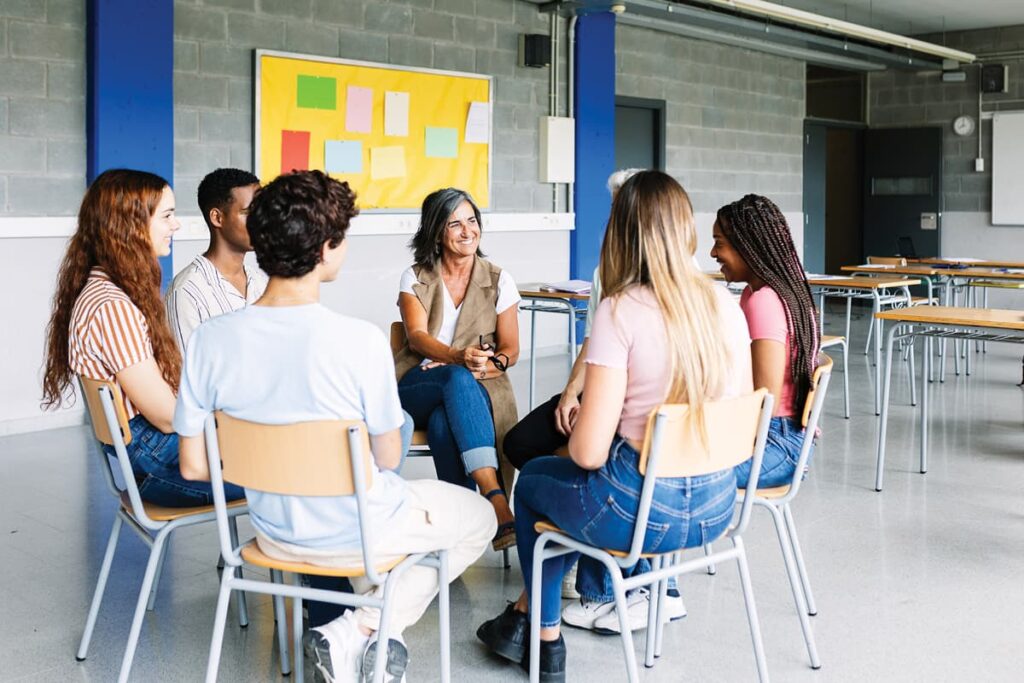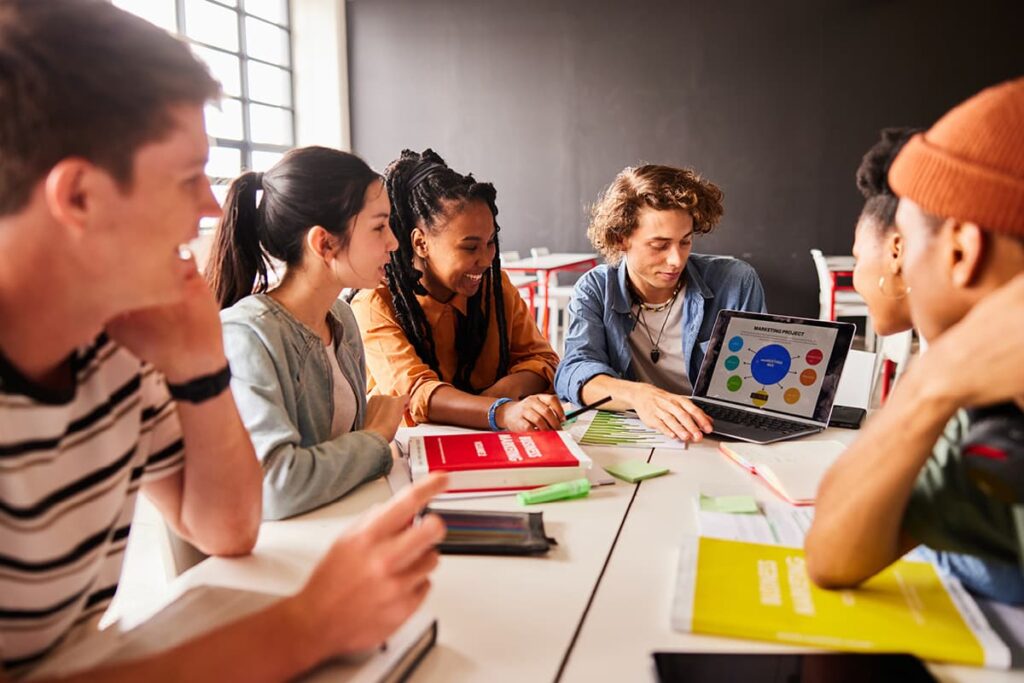October is National Bullying Prevention Month, which is a campaign that aims to prevent bullying and encourage acceptance across communities.
According to Pacer.Org, all studies conducted on the connection between bullying and developmental disabilities found that children with disabilities were two to three times more likely to be bullied than their non-disabled peers.
Peers are more likely to see bullying than adults are and are more likely to have a greater impact on telling a bully to stop than an adult doing the same. PACER Teens Against Bullying
A unique model used in a variety of schools are Peer Advocates. This is a student or group of students who look out for other students who may be bullied, excluded, or otherwise isolated by speaking up for them, advocating for them, and making sure they are included and kept from harm.
Here are five ways to use peer advocates in your own school and activities:
- Sit with individuals likely to be bullied or experiencing bullying at lunch.
- Invite them to all school activities, such as sports events and include them with your friend group.
- If you see bullying happening to an individual, get them away from the situation.
- Listen and give advice as a friend.
- Use peer advocates in every aspect of the school community and culture from in-class, to lunch, to assemblies, and more. The more you include those likely to be bullied, the more peers will come to accept.
There are no simple solutions to bullying but awareness and change in culture seem to be most effective in providing safe and secure learning environments. Please check out the following resources for more information on peer advocacy, bullying prevention, and school culture change.




